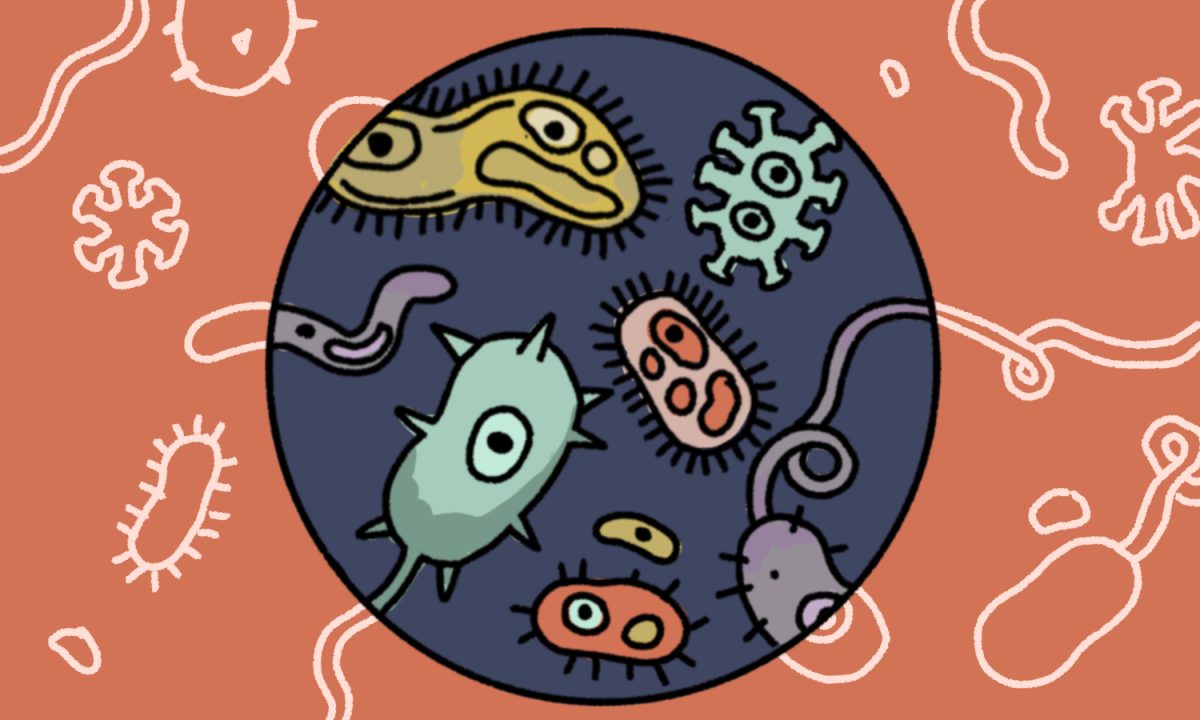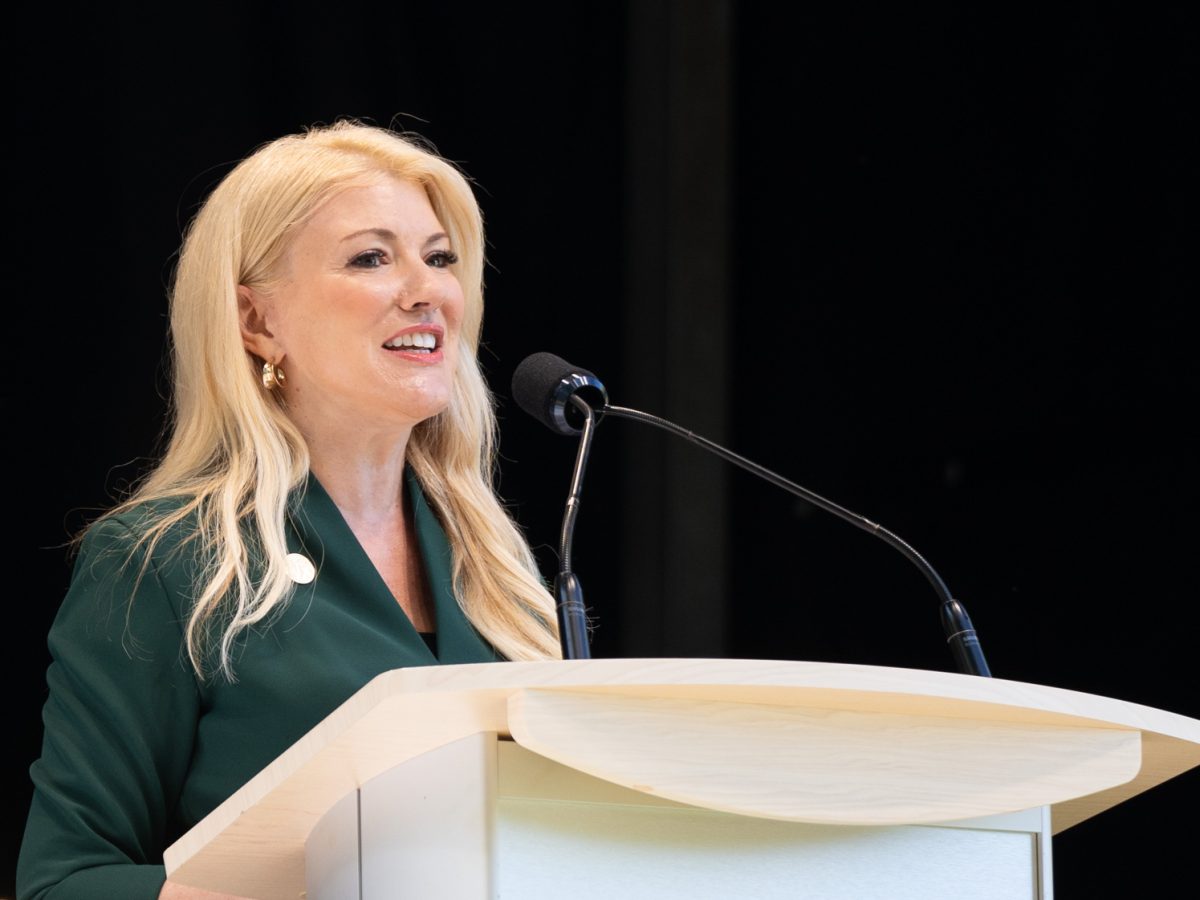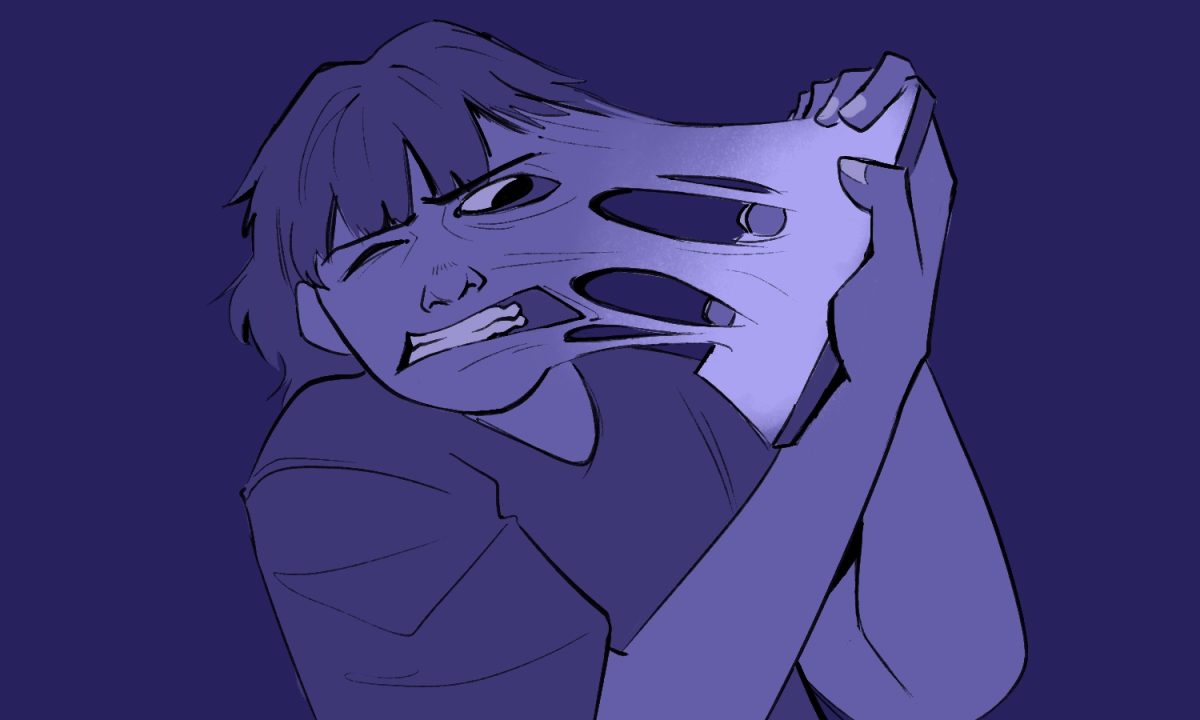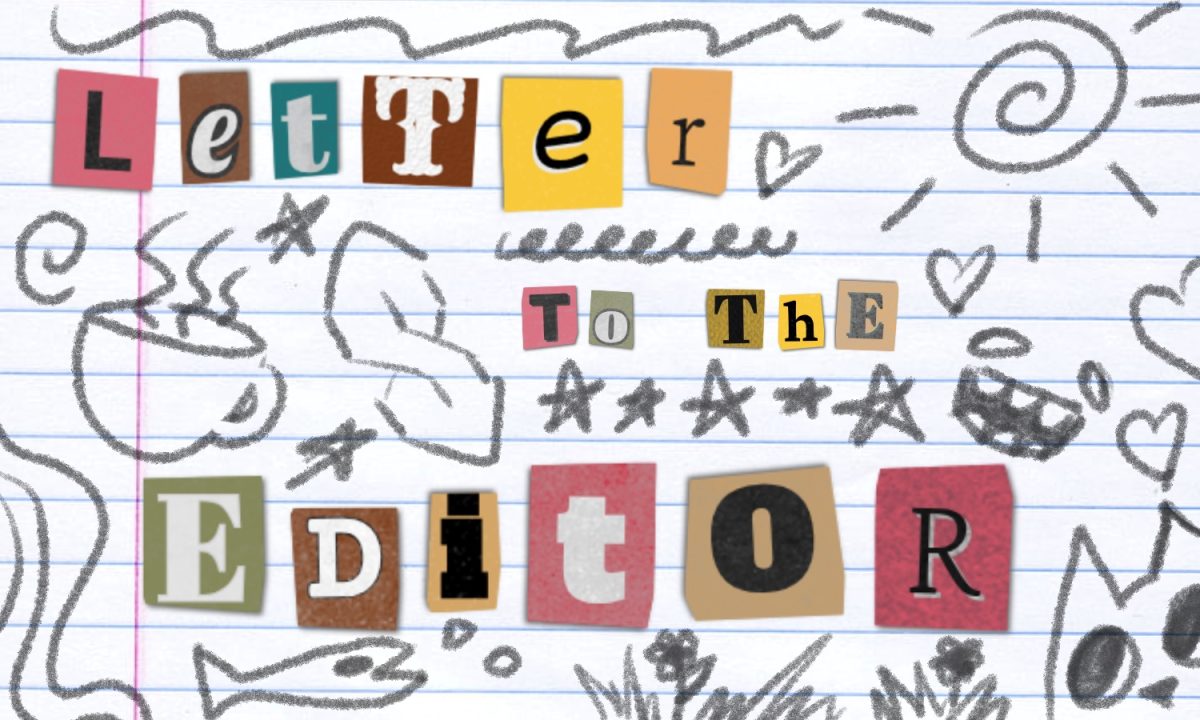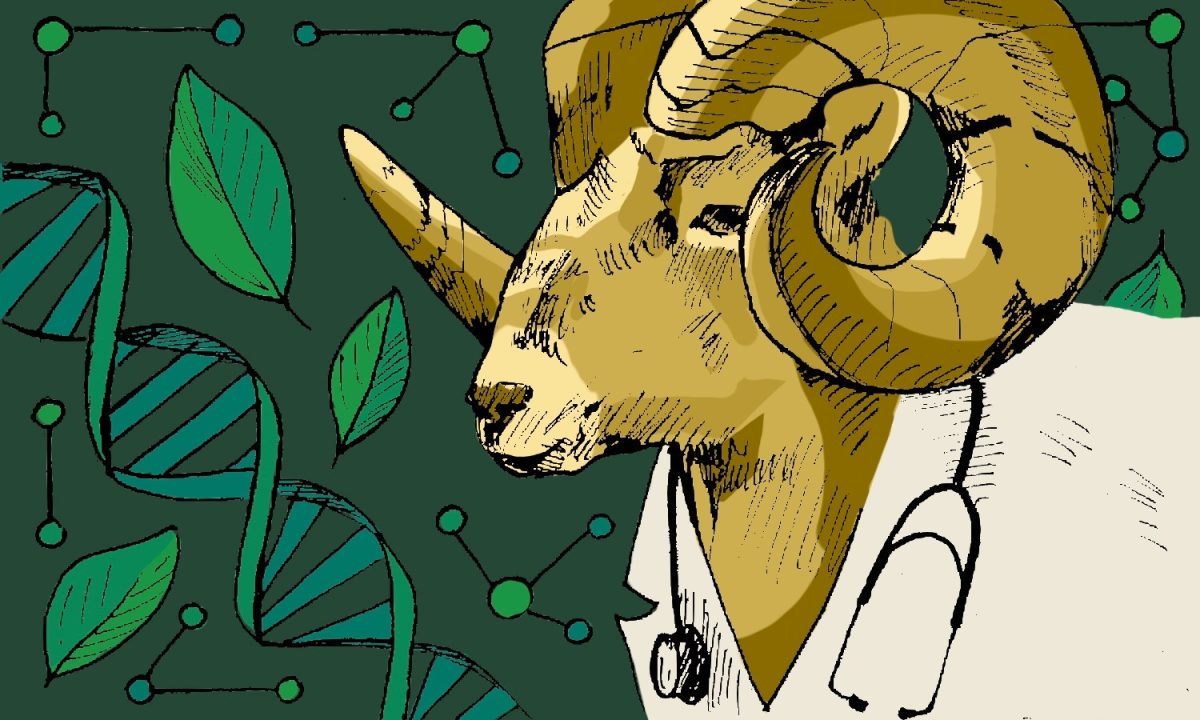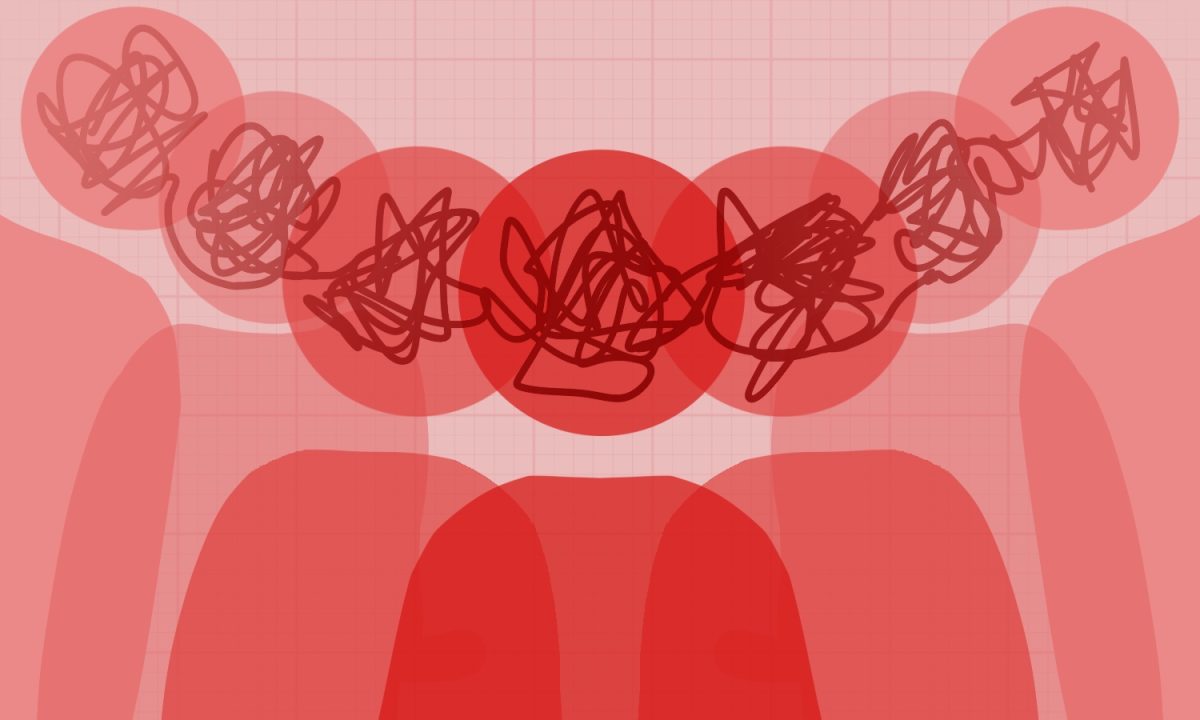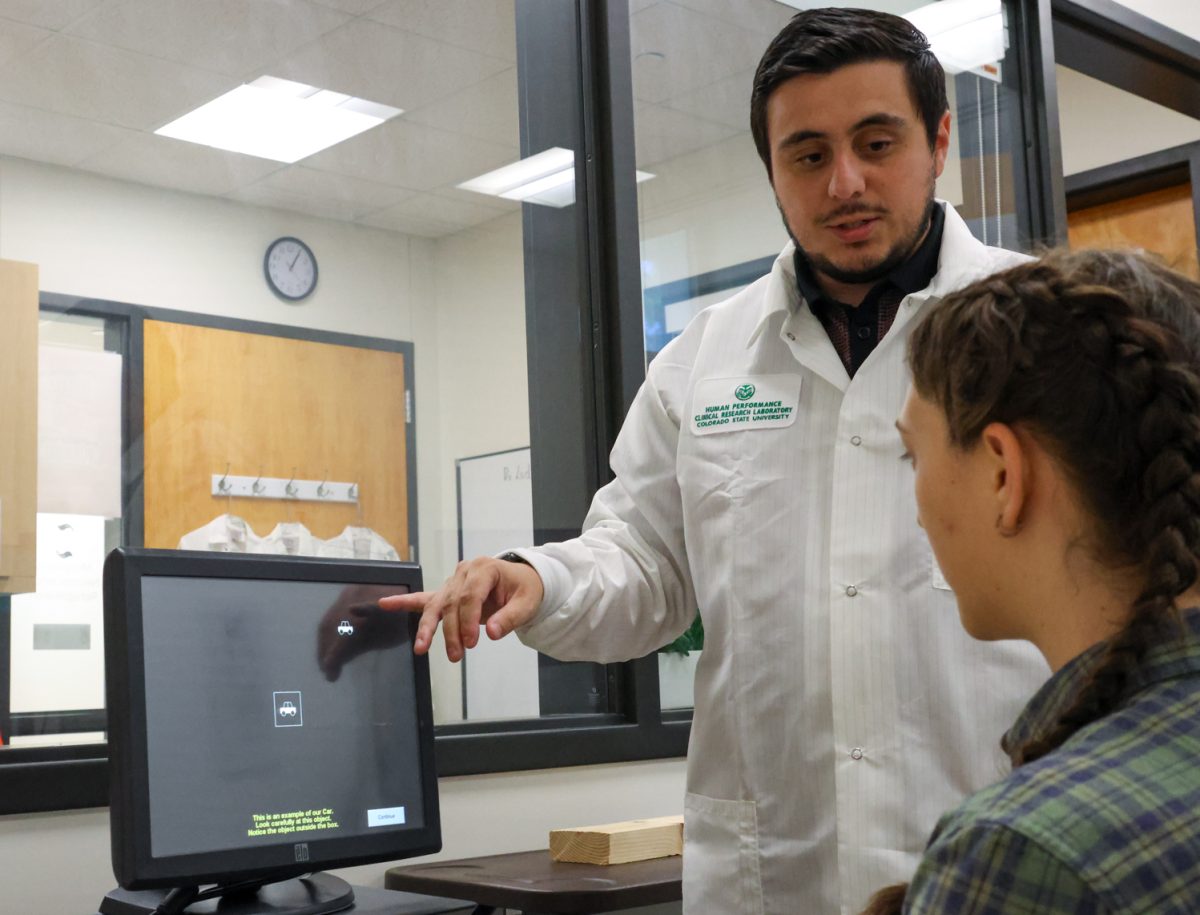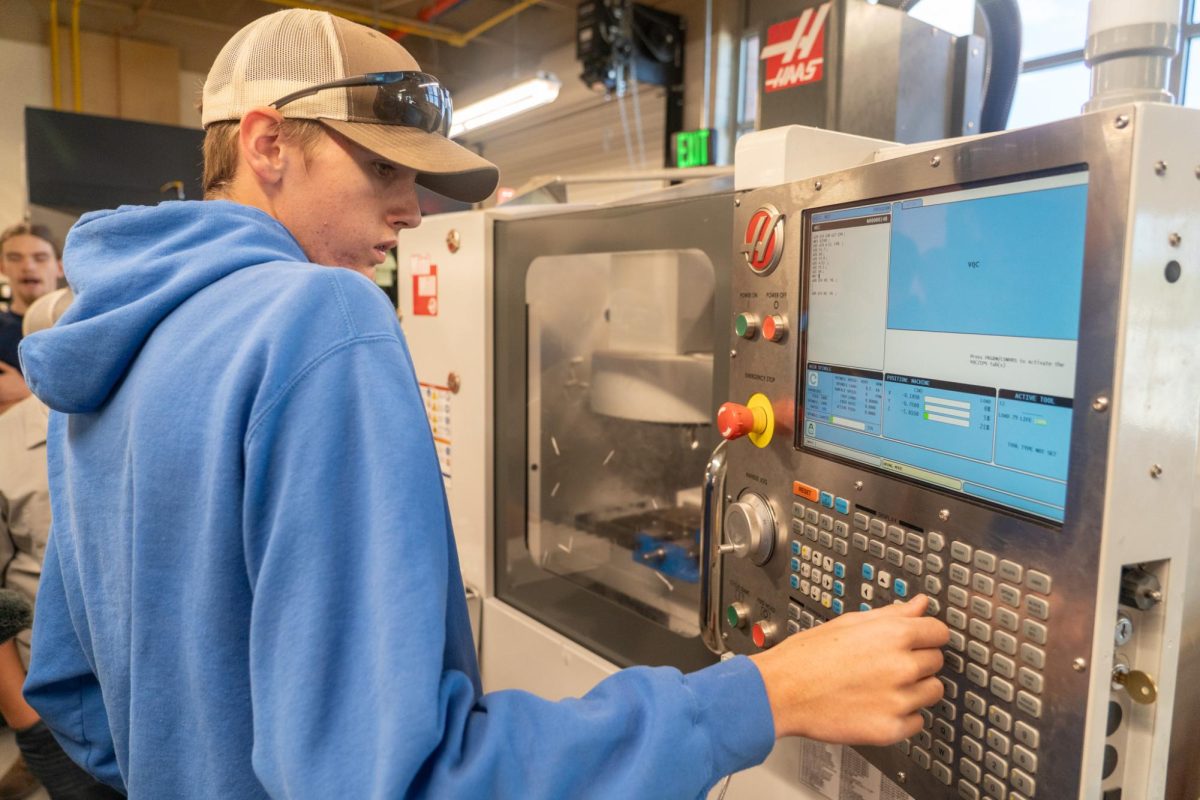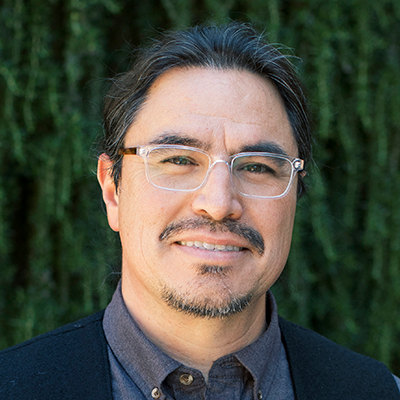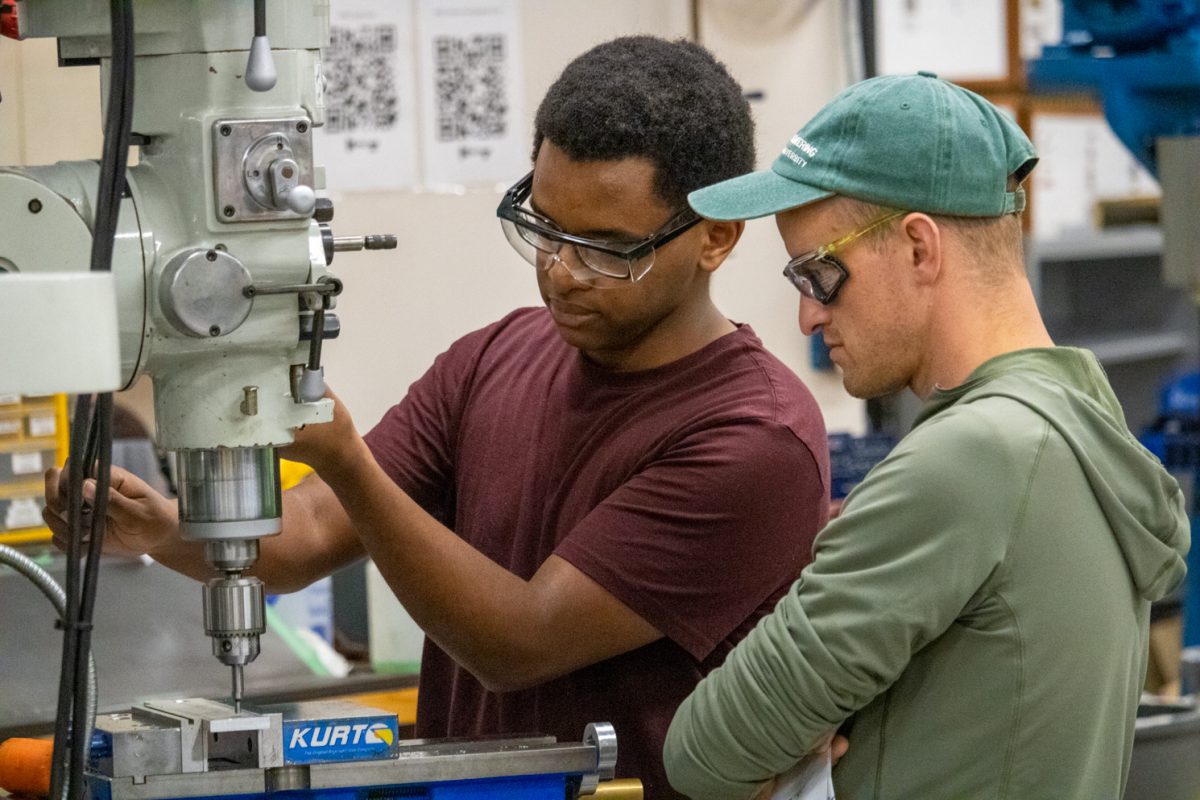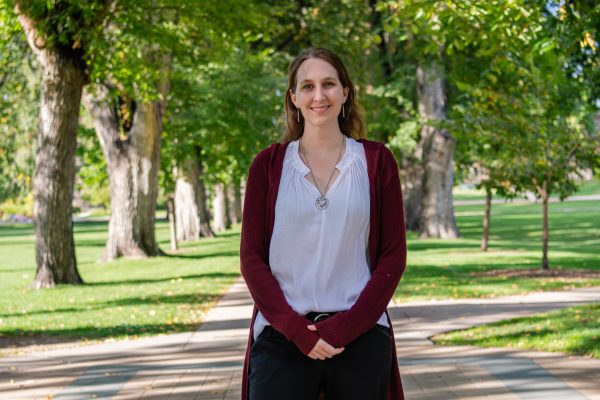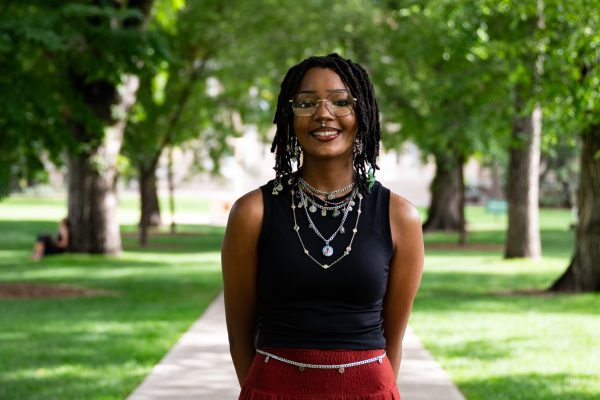The discovery of the first modern antibiotic treatment was actually an accident.
The drug penicillin was discovered by Alexander Fleming in 1928 when a culture of the bacteria Staphylococcus aureus was accidentally contaminated with a mold called Penicillium notatum. Fleming found the mold inhibited the growth of the bacteria.
When Flemming isolated the mold, he found a substance he named “penicillin” that could kill the various bacteria causing serious — often fatal — infections. In 1941, an injectable version was made to treat diseases like pneumonia, syphilis, meningitis and other recognizable infections. Since then, antibiotics like penicillin have been a staple of modern medicine.
However, recently, scientists have seen tried and true antibiotic treatments become less and less effective against evolving bacteria. The struggle to treat antibiotic-resistant infections is a global concern colloquially referred to as the antibiotic resistance crisis.
“It’s hard to imagine that when you go for a hike, there’s potential prescriptions just beneath your feet.” -Via Lawson, CSU undergraduate learning assistant
Health care workers are concerned about humans’ behavioral contributions to the crisis, including chronic overuse and misuse of antibiotics.
A surprising percentage of people believe antibiotics can treat viral infections, but viruses are unaffected by bacteria-killing medicine, and antibiotics are completely ineffective against viral infections like influenza and COVID-19. These drugs kill an extraordinary number of bacteria the body needs to combat harmful viruses, making recovery more difficult and extending the life of contagious illnesses.
The other main concern about the dwindling efficacy of antibiotics is misuse. It’s far easier to misuse these drugs than most people are aware of. Completing an entire prescription as instructed is essential.
Prescriptions are carefully dosed to fight infections. Missing doses or not completing a full prescription not only leaves infectious bacteria alive in the body, but it trains the surviving bacteria to become resistant to the unfinished drug. From there, the bacteria continues to spread from person to person as a drug-resistant superbug, leaving those in close proximity to an infected person vulnerable to contracting dangerous, untreatable infections.
Unfinished prescriptions over the last 80 years have bred an entirely new era of bacterial infections that are increasingly difficult — and in some cases impossible — to treat. Unfortunately, research and development of new treatments are underfunded and largely unsuccessful.
However, efforts are growing, even at Colorado State University.
MIP 150 Introduction to Research Methods is a course offered by CSU’s microbiology, immunology and pathology department that gives students a chance to learn basic laboratory techniques as part of a semesterlong project focused on discovering novel antibiotics.
Chloe Rojas, a biomedical sciences student who took the class during the fall 2023 semester, said the course is part of the Small World Initiative, which aims to support and encourage careers in scientific fields and combat antibiotic resistance. Students in this intro course cultivate bacteria found in soil samples to determine if they have antibiotic properties.
“Until taking this class, I had no idea what antibiotic resistance was or how it can lead to especially virulent disease,” Rojas said.
Many antibiotics currently in use originated in soil. Those at the Small World Initiative hope that by crowdsourcing a solution, the antibiotic crisis can be overcome.
“Soil is an amazing source for antibiotics since each ecosystem creates a unique microbial tapestry,” said Via Lawson, a current undergraduate learning assistant for the Introduction to Research Methods course. “It’s hard to imagine that when you go for a hike, there’s potential prescriptions just beneath your feet.”
Students in the course even have a chance to present their findings at an end-of-semester poster presentation, said Bethany Klemp, a student who took the course during the fall 2023 semester.
“It was super hands on,” Klemp said. “It was really cool to learn lab skills that I use in my lab now as well as learning about and creating a poster on my isolate (bacteria) I cultured in class.”
There are many untapped sources that contain potential novel antibiotics, and students at CSU are doing their part to help combat one of the largest problems facing global public health — all with the help of dirt.
“I love MIP 150 and its work because it’s an amazing reminder as to how insignificant humans are on Earth,” Lawson said. “For billions of years, soil microbes have been battling each other, and only now do we as microbiologists really have the tools and resources to understand it.”
Reach Hana Pavelko and Jenn Dawson at science@collegian.com or on Twitter @CSUCollegian.



